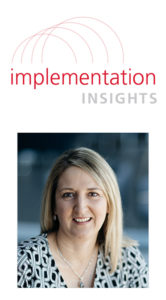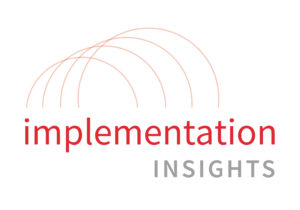
Rhona DelFrari, Vice President, Sustainability & Engagement, Cenovus Energy
We recently caught up with Rhona DelFrari, Vice President, Sustainability & Engagement, at Cenovus Energy, an integrated oil and gas producer based in Calgary, Alberta. Cenovus recently released its annual ESG report, which is aligned with SASB Standards and the recommendations of the Task Force on Climate-related Financial Disclosures (TCFD). DelFrari shares key takeaways from Cenovus’s implementation experience in our SASB Implementation Insights publication. Here, we present a few highlights.
Why did you decide to use SASB Standards?
At Cenovus, sustainability, including minimising our impact on the environment and supporting local communities, is essential to the way we do business. We believe that strong ESG performance is inextricably linked to strong business results and long-term financial resilience. We have been reporting on our sustainability performance since we launched as a company in 2009 and through predecessor companies since the early 2000s. Sustainability reporting has certainly evolved since that time, and in recent years the demand for relevant, standardised, and comparable sustainability disclosure to support decision making has been on the rise, specifically from the investment community. SASB provides us with a framework to help meet this information demand and shift our focus from reporting to a very broad range of stakeholders, to a style aimed at more of an investor audience. The SASB Standards allow us to focus on sustainability issues that have financial relevance to our business and demonstrate how we are managing these issues to create value for our company.
How do SASB Standards fit with other reporting standards or frameworks that you follow, particularly the Global Reporting Initiative (GRI) and TCFD?
We found the three frameworks we used to be quite complementary. The TCFD framework established high-level principles and recommendations for disclosure that provided us with an overarching structure for our report. We recognise that the SASB metrics are among the most frequently referenced tools cited by the TCFD for implementing its recommendations, and we were able to use the SASB Standards as guidance for the industry-specific metrics and discussion points to disclose.
We also believe that GRI and SASB provide compatible standards for sustainability reporting. SASB’s focus on industry-specific metrics and disclosures can be rounded out by GRI’s focus on broader economic, environmental, and social impacts. We use the GRI Standards to help disclose topics and issues that we have identified through our materiality assessment work that are important to our business and our stakeholders, and that could potentially become financially material in the future.
What advice do you have for companies that are beginning the process of integrating SASB Standards into their management and disclosure processes?
It’s important to communicate the expectations early on in the process. Take the time to ensure that your key internal stakeholders and subject matter experts are familiar with the Standards and understand the benefits of adopting them. In our view, sustainability reporting is an ongoing process of continuous improvement—you don’t need to do it all at once. Start with what you’re able to disclose and evaluate how you might be able to progress your reporting and disclosures over time. And lastly, be open to feedback.
Read additional implementation insights from Cenovus in the SASB Knowledge Hub.

